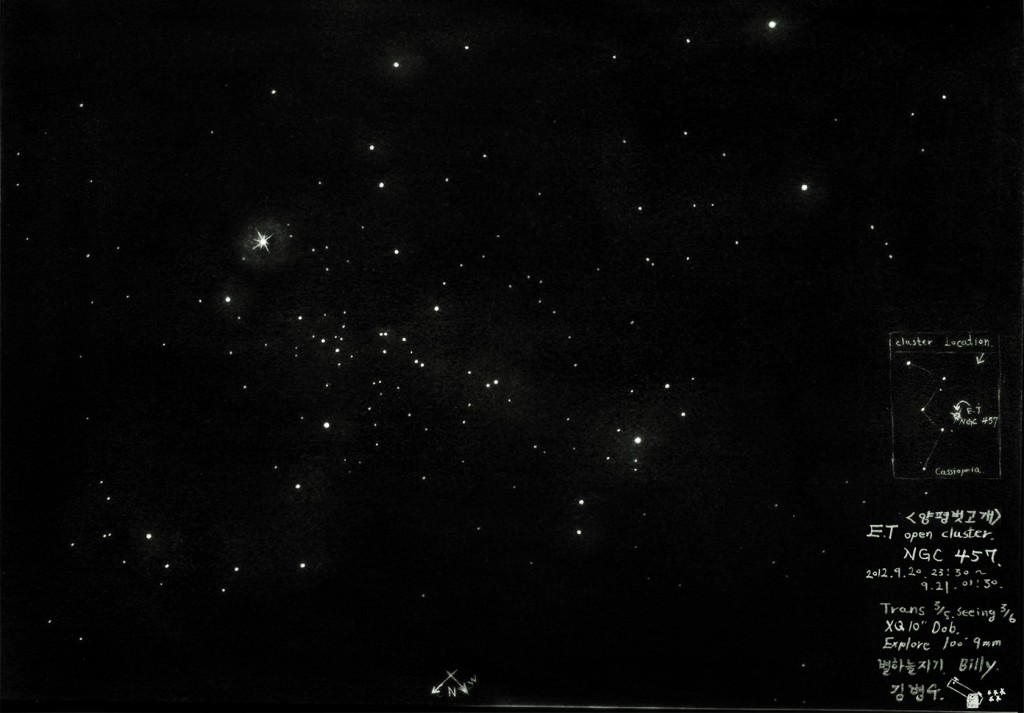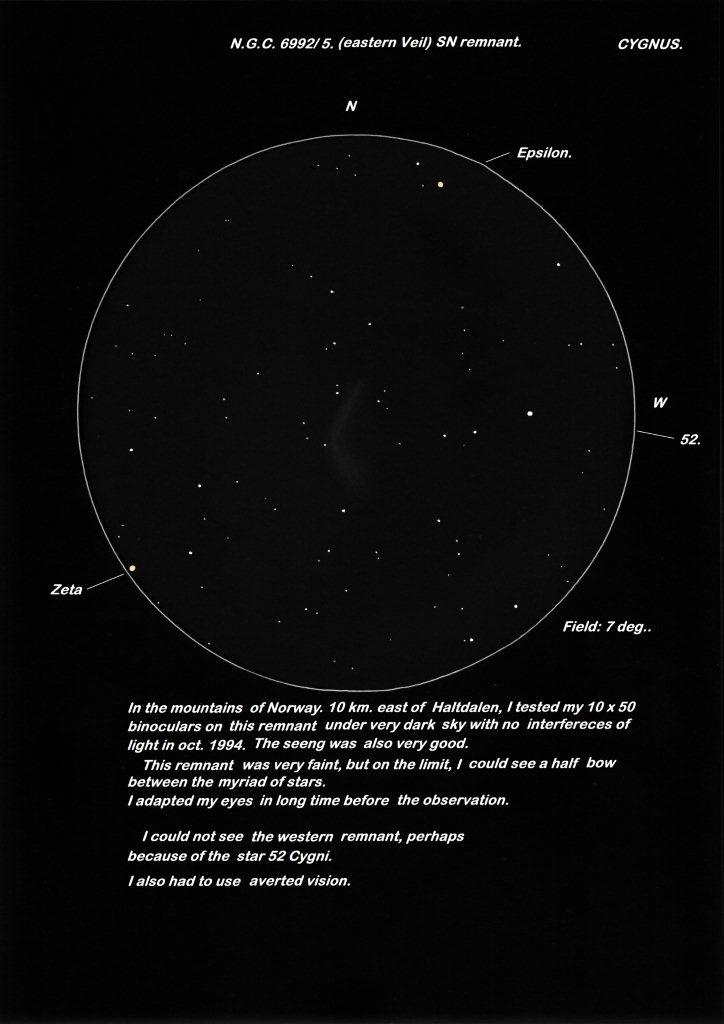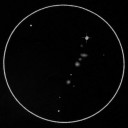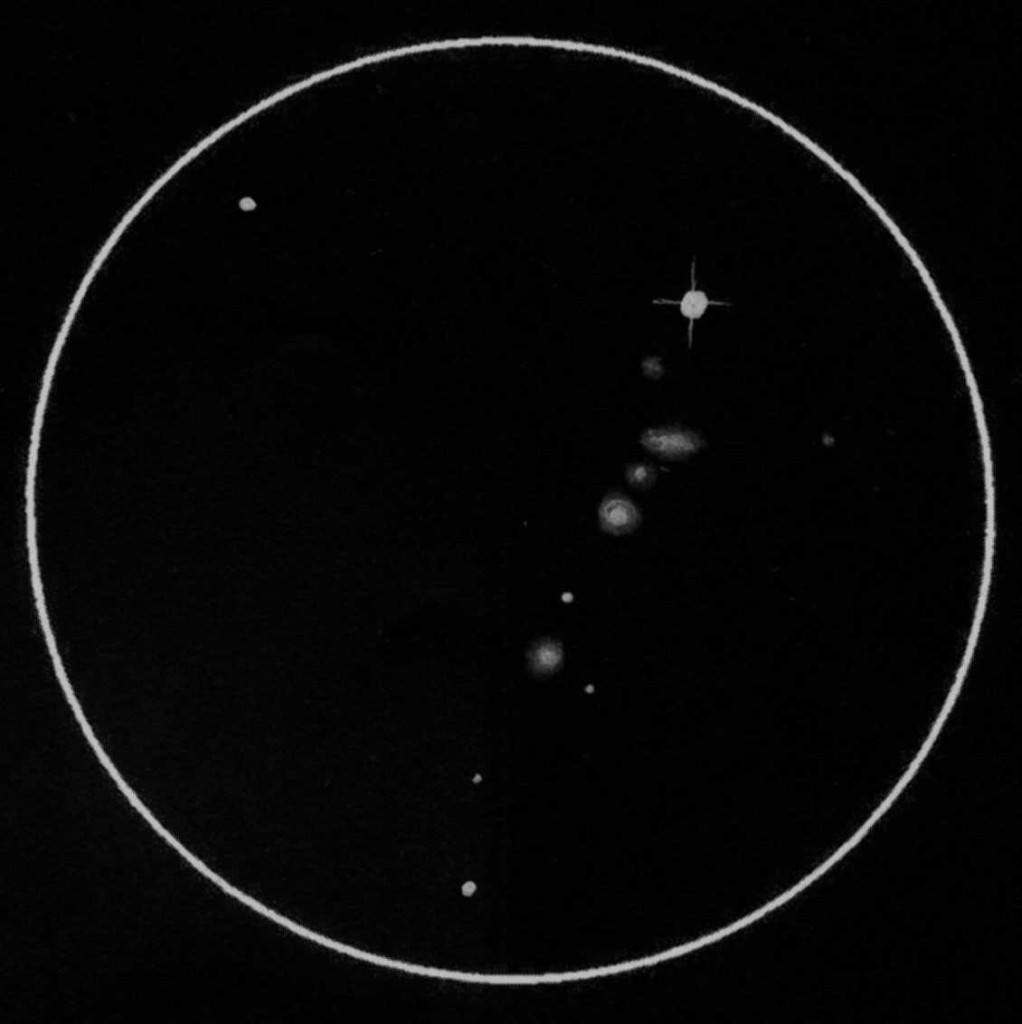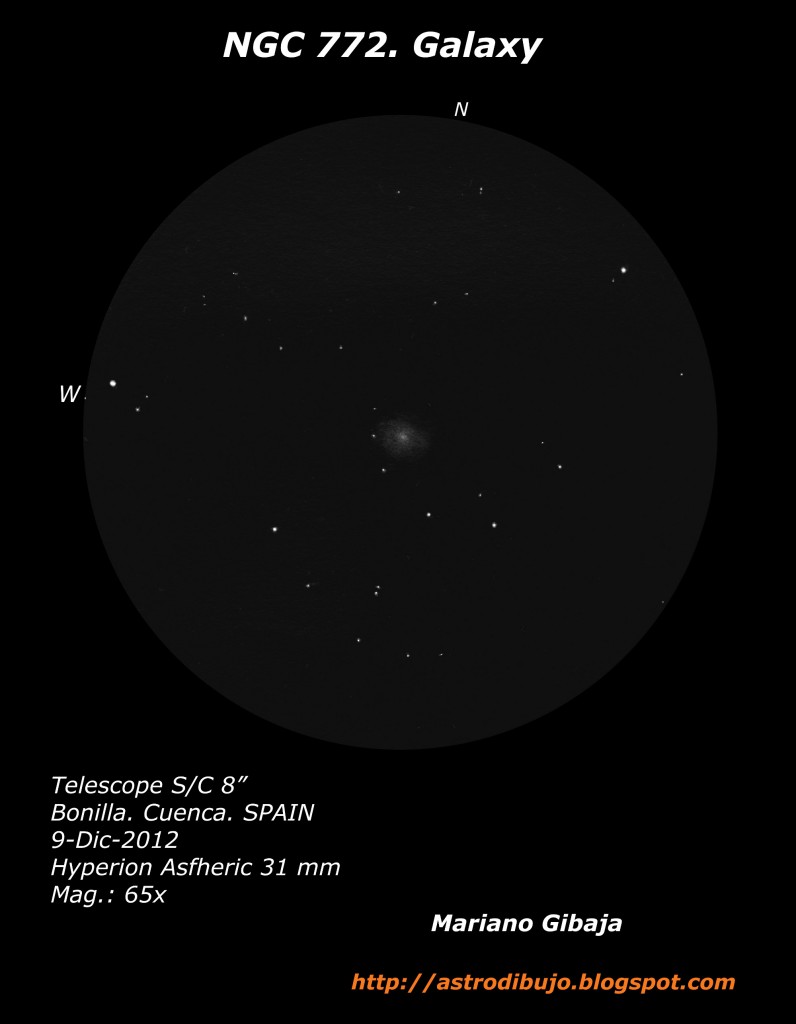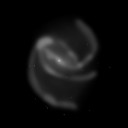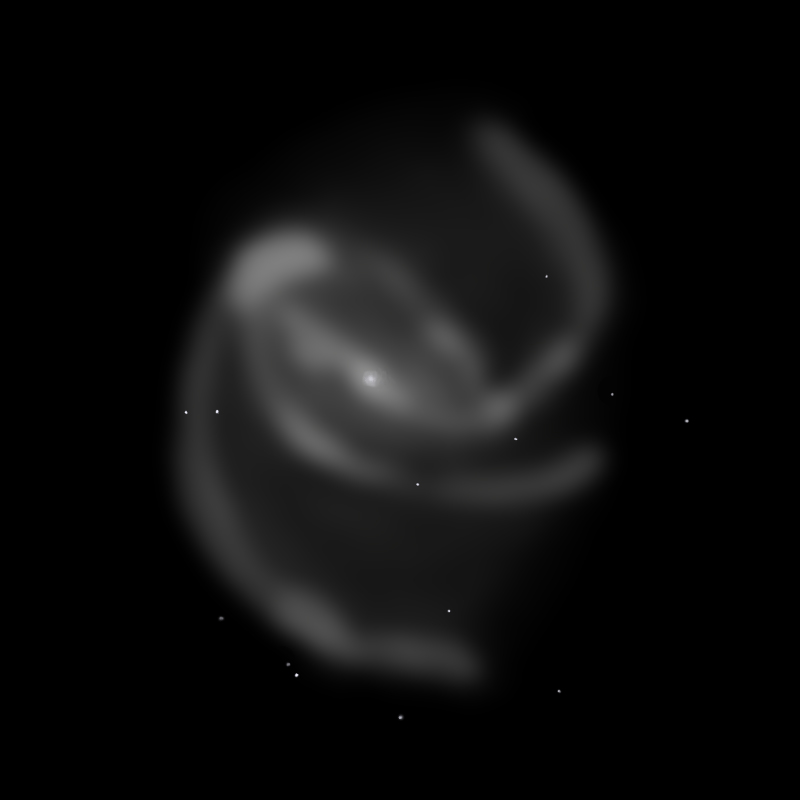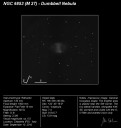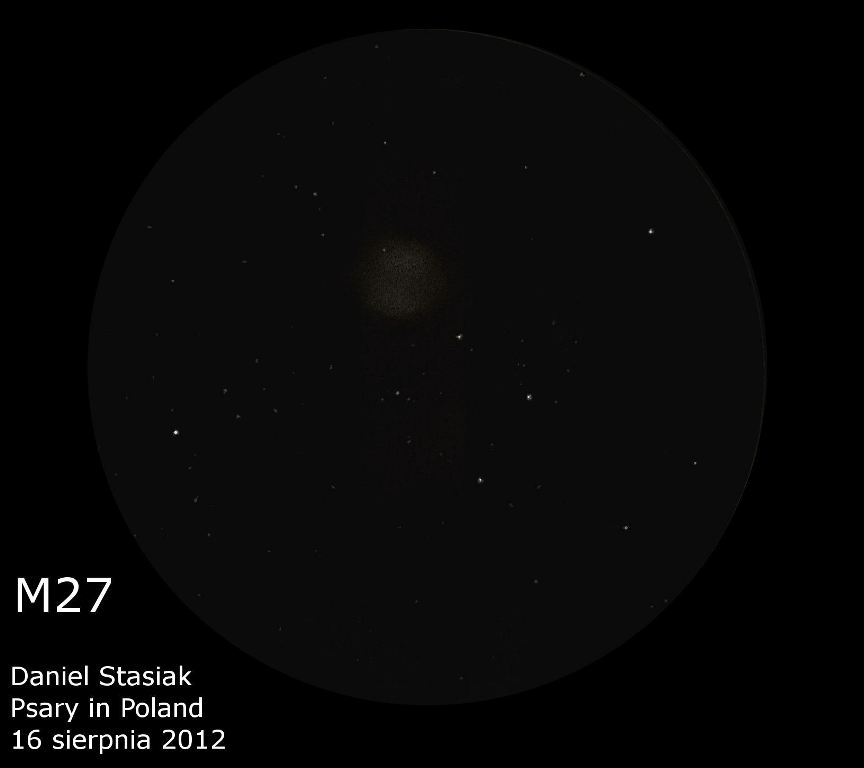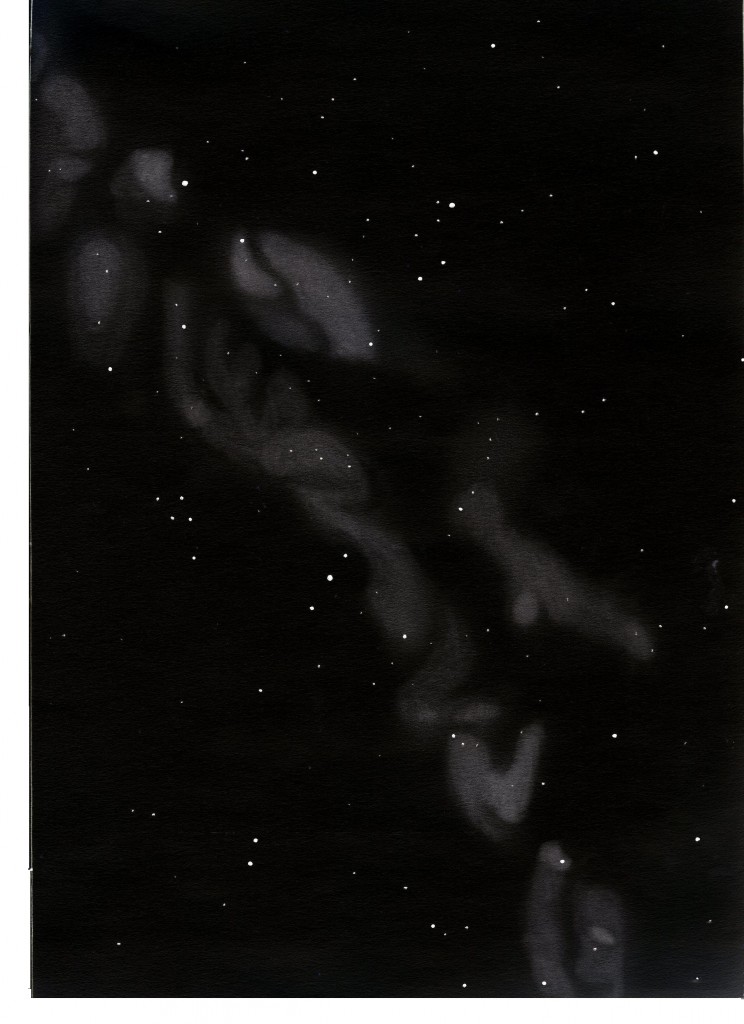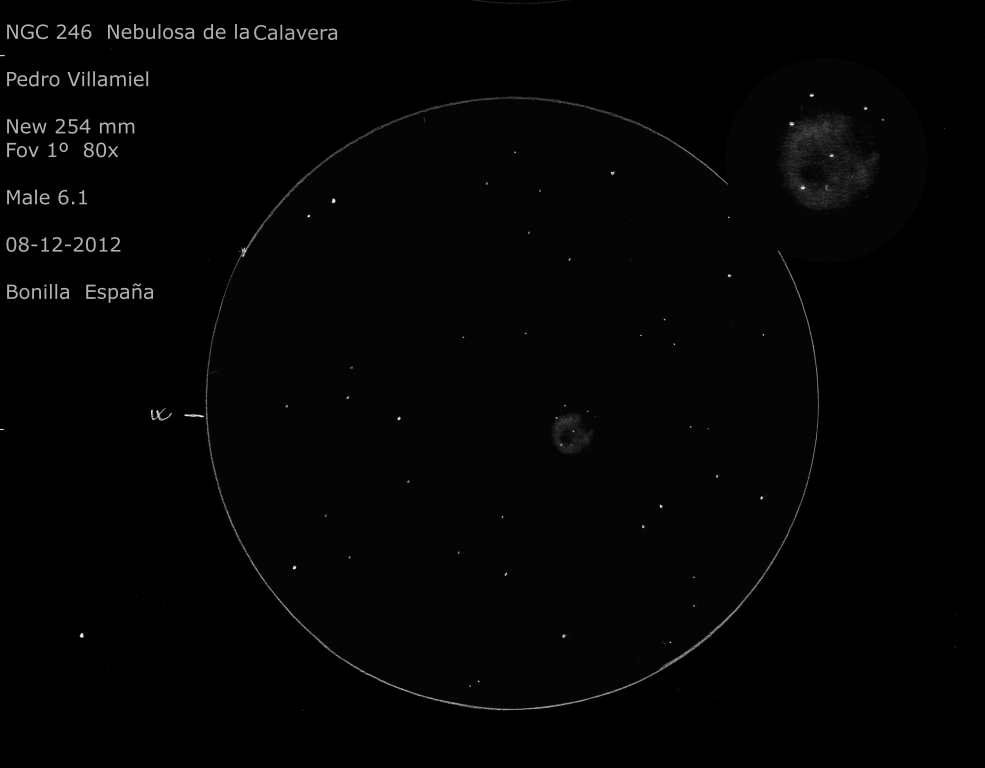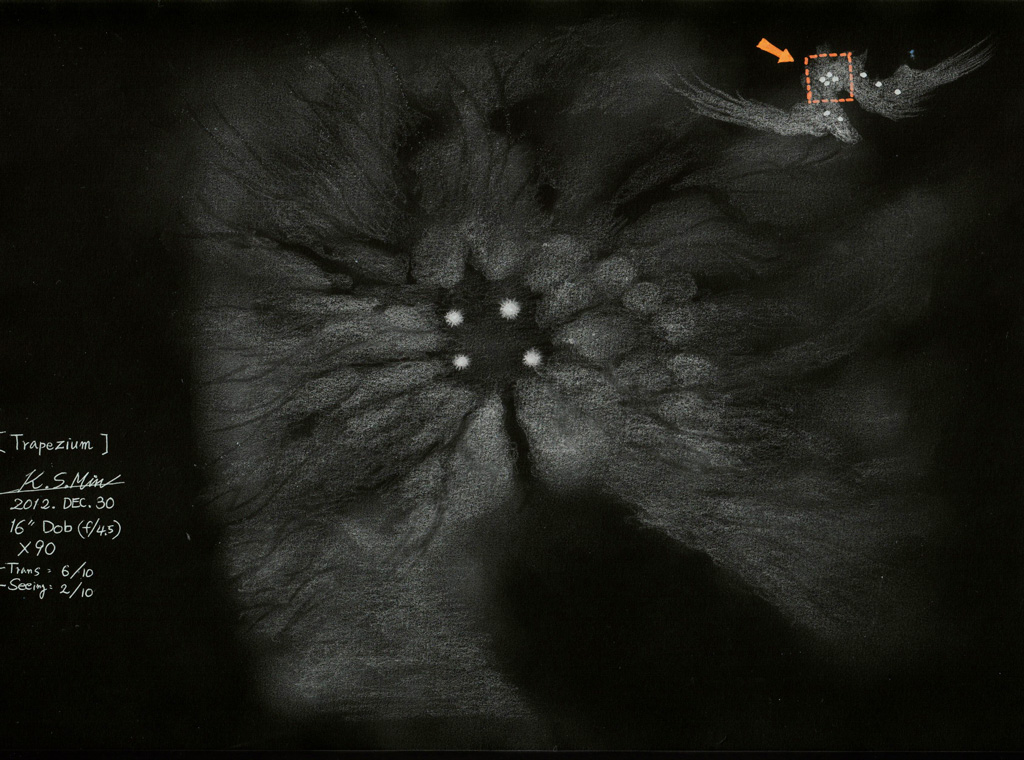
My main observing objects are moon & planets, and I do not invest much time in observing DSO.
But whenever winter season comes, I used to aim my telescopes at the Great orion nebula .
This December, I have observed it 3 times ( 3 day ) with a 16 inch Meade starfinder Dobson , and unfortunately all 3 nights were in bad seeing, the 4 stars in the Trapezium were looked like fat cottons.
Even this seeing condition with a little-bit light polluted site , environs nebula structures were seen quite well .
—————–
16 inches dob reflector x 90
date; 3 weekends in DEC. 2012
location; at backyard home in South korea
media; graphite pencils , a white A4 printer paper
inverted image


